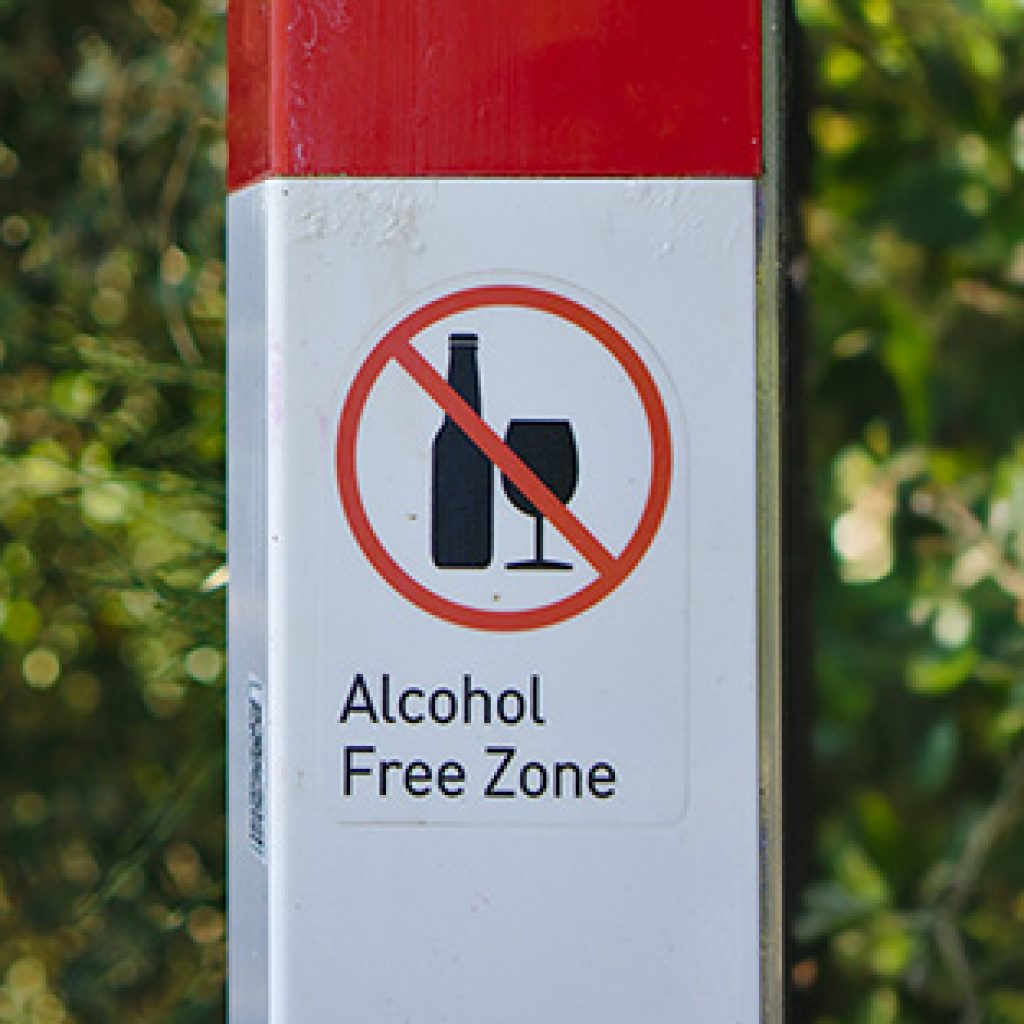Intensive Outpatient Treatment (IOT): A Treatment Modality That is More Relevant Than Ever
Intensive Outpatient Treatment (IOT): A Treatment Modality That is More Relevant Than Ever
TIP 47 and the Literature on Effectiveness of IOT
For behavioral health providers who are concerned about the effectiveness of intensive outpatient treatment (IOT) for patients that might typically have been treated in a residential setting, the research supports the fact that IOT is an effective treatment modality. A review of studies in the literature revealed that studies of intensive outpatient programs (IOPs) in a variety of settings all reported reductions in alcohol and drug use and remain an important element of the continuum of care for people with substance use disorders. (McCarty, et al., 2014). In fact, researchers who evaluated research reviews and studies from 1995 through 2012 found mixed results for the effectiveness of residential treatment when compared to other modes of treatment. Other types of treatments used for comparison included therapeutic communities, day treatment, outpatient, and IOT (Reif, et al., 2014). Research also supports the effectiveness of IOT combined with Creating Lasting Family Connections (CLFC) in reducing recidivism for aftercare of patients who had been released from incarceration (McKiernan, et al., 2012). A large study of male and female parolees matched to treatment intensity levels based on the severity of their substance use disorder found outcomes were equal in residential or outpatient treatment following release from prison (Burdon, et al., 2007). There are ways to improve the effectiveness of any treatment and even no treatment according to one very large retrospective study of pathways to treatment. In a study of 40,885 adults with opioid use disorder, authors compared the effectiveness of 6 treatment pathways, (1) no treatment, (2) inpatient detoxification or residential services, (3) intensive behavioral health, (4) buprenorphine or methadone, (5) naltrexone, and (6) non-intensive behavioral health. The main outcomes and measures were opioid-related overdose or serious acute care use at 3 months and 12 months after initial treatment. At the 3-month and 12-month follow-ups, only medication for opioid use disorder (MOUD), specifically treatment with buprenorphine or methadone, was associated with reduced risk of overdose. Treatment with buprenorphine or methadone was the only treatment also associated with reduction in serious opioid-related acute care during both the 3 and 12-month follow-ups (Wakeman, et al., 2020). Because the pathways to treatment that were examined were mutually exclusive, the effectiveness of combined therapies was not examined, and two important issues were lack of initiation of MOUD treatment and lack of retention in MOUD treatment for longer than 6 months. The possibility that either residential treatment and/or IOT in combination with MOUD might improve outcomes would be one important area for future research. Other potential areas for future research might be within the realm of co-occurring disorders. If pharmacological interventions are initiated and substance use disorders are brought under control, screening for comorbid psychiatric conditions can be done. One recent study examined primary care settings as ideal for initiating treatment with Buprenorphine. The patients (n=100) also completed surveys or assessments for depression, anxiety, and trauma, psychosocial needs such as food insecurity, income, transportation, and employment, and demographic variables. The results of the study were: “Mental health symptoms were highly prevalent in this sample (44% screened positive for anxiety, 31% for depression, and 52% for posttraumatic stress disorder). Three-quarters reported use of illicit substances other than opioids. Many patients also had significant psychosocial concerns, including unemployment (54%), low income (75%), food insecurity (51%), and lacking reliable transportation (64%). Two-thirds (67%) of the sample were retained at 6 months; patients who previously used intravenous opioids were more likely to discontinue treatment (P = .003)” (Hooker, et al., 2020). The authors highlighted the need for additional research to examine specific variables such as other samples and settings, among them rural settings and additional treatment settings such as emergency department or specialty treatment centers.
Clinical Updates to TIP 47
Although Treatment Improvement Protocol (TIP) 47: Substance Abuse: Clinical Issues in Intensive Outpatient Treatment was originally written in 2006 as a follow-up to TIP 8, Intensive Outpatient Treatment for Alcohol and Other Drug Abuse (published in 1994), the Consensus Panel was not reconvened to review and update the clinical information in TIP 47 because a literature review did not find enough new information to warrant it. Providers should be aware of some clinical updates provided in the Editor’s Note on TIP 47, Substance Abuse: Clinical Issues in Intensive Outpatient Treatment (Center for Substance Abuse Treatment, 2017).
- The DSM-IV referred to in TIP 47 has been replaced with the DSM-5. The changes affecting clinical aspects of TIP 47 that providers need to be aware of are outlined in five fact sheets published by the American Psychiatric Association (2013).
- The following Instrument for Determining Substance-Related and Psychiatric Diagnoses, in Appendix 5-B of TIP 47, has been updated to include DSM-5 criteria: the Structured Clinical Interview for DSM-5 (SCID-5) (Clinical Version; SCID-5-CV). Also available is the Structured Clinical Interview for DSM-5 Personality Disorders (SCID-5-PD).
- The American Society of Addiction Medicine published a revised edition of its patient placement criteria: The ASAM Criteria: Treatment Criteria for Addictive, Substance-Related, and Co-Occurring Conditions, (3rd ed.) in 2013.
- Pharmacotherapy has undergone several medication advances and practice changes since TIP 47 was originally published:
- Levo-alpha-acetyl-methadol is no longer used in clinical practice to treat opioid use disorder.
- An injectable extended-release formulation of naltrexone (Vivitrol) was approved by the Food and Drug Administration to treat alcohol use disorder in 2006; it was approved to treat opioid use disorder in 2010.
- Two new formulations of buprenorphine (Zubsolv sublingual tablets and Bunavail buccal film) provide higher bioavailability of buprenorphine than other formulations. Higher bioavailability means that more buprenorphine enters the bloodstream, allowing for lower doses.
- The concept of continuing care has changed from “an acute care model of finite step-down counseling followed by mutual-help groups after ‘formal’ treatment ends. Experts now recommend a long-term, recovery-oriented system of care (ROSC), rather than discrete treatment episodes” (Center for Substance Abuse Treatment, 2006).
- Technology has evolved to enable providers to use internet technology in the realm of behavioral health, including both individual and group therapy. Through Avatar-assisted therapy, animated figures can interact in real time and in three dimensional virtual environments on secure servers to offer treatment to individuals who are not able to access face-to-face treatment or wish to maintain anonymity.
- Additional resources have been provided in the Editor’s Note on TIP 47 to accommodate increased numbers of military and veteran populations and their families who are accessing treatment due to deployment in the Global War on Terror, Operation Iraqi Freedom, and Operation Enduring Freedom.
The complete Editor’s Note on Tip 47 is available to access the complete list of changes and resources that are currently available.
Conclusion
TIP 47 and its focus on intensive outpatient treatment has been around since 1994 with the publication of TIP 8, Intensive Outpatient Treatment for Alcohol and Other Drug Abuse. While TIP 8 consisted of 100 pages and TIP 47, published in 2006, is nearly 300, the bulk of the new content consists of additional research supporting the effectiveness of IOT and resources to support its use. The fact that the Consensus Panel was not reconvened to publish a new edition in 2017 indicates that IOT is still a very relevant treatment modality, and the way to remain current is to focus on implementing it with the most current advances in technology, cultural competence, clinical guidance, placement criteria, regulatory changes, pharmacotherapy, population changes, and available resources for implementing IOT.
Have you used intensive outpatient treatment? What was the setting? Who were the patients? How did that work for you? Share your experience and expertise in the comments below.
References
American Psychiatric Association. (2013). Diagnostic and statistical manual of mental disorders (5th ed.). Arlington, VA: American Psychiatric Publishing.
American Psychiatric Association. (2013). DSM-5 fact sheets [Webpage]. Retrieved June 15, 2020, from https://www.psychiatry.org/psychiatrists/practice/dsm/educational-resources/dsm-5-fact-sheets
Burdon, W., Dang, J., Prendergast, M., Messina, N., & Farabee, D. (2007). Differential effectiveness of residential versus outpatient aftercare for parolees from prison-based therapeutic community treatment programs. Substance Abuse Treatment Prevention and Policy, 2(1), 16-16. doi:10.1186/1747-597X-2-16
Center for Substance Abuse Treatment. Substance Abuse: Clinical Issues in Intensive Outpatient Treatment. Treatment Improvement Protocol (TIP) Series 47. DHHS Publication No. (SMA) 06-4182. Rockville, MD: Substance Abuse and Mental Health Services Administration, 2006.
Hooker, S. A., Sherman, M. D., Lonergan-Cullum, M., Sattler, A., Liese, B. S., Justesen, K., . . . Levy, R. (2020). Mental health and psychosocial needs of patients being treated for opioid use disorder in a primary care residency clinic. Journal of Primary Care & Community Health, 11, 215013272093201. doi:10.1177/2150132720932017
McCarty, D., Braude, L., Lyman, D. R., Dougherty, R. H., Daniels, A. S., Ghose, S. S., & Delphin-Rittmon, M. E. (2014). Substance abuse intensive outpatient programs: Assessing the evidence. Psychiatric Services, 65(6), 718-726. doi:10.1176/appi.ps.201300249
McKiernan, P., Shamblen, S. R., Collins, D. A., Strader, T. N., & Kokoski, C. (2013). Creating lasting family connections: Reducing recidivism with community-based family strengthening model. Criminal Justice Policy Review, 24(1), 94-122. doi:10.1177/0887403412447505
Reif, S., George, P., Braude, L., Dougherty, R. H., Daniels, A. S., Ghose, S. S., & Delphin-Rittmon, M. E. (2014). Residential treatment for individuals with substance use disorders: Assessing the evidence. Psychiatric Services, 65(3), 301-312. doi:10.1176/appi.ps.201300242
Substance Abuse and Mental Health Services Administration. Editor’s Note on TIP 47, Substance Abuse: Clinical Issues in Intensive Outpatient Treatment HHS Publication No. (SMA) 13-4182 Published 2017
Blog Post Tags:
Related Blog Posts
Related Learning Labs
Related Resources
.
- Buscar Tratamiento de Calidad para Trastornos de uso de Sustancia (Finding Quality Treatment for Substance Use Disorders Spanish Version)
- Finding Quality Treatment for Substance Use Disorders
- Focus On Prevention: Strategies and Programs to Prevent Substance Use
- Monthly Variation in Substance Use Initiation Among Full-Time College Students
- The National Survey on Drug Use and Health (NSDUH) Report: Monthly Variation in Substance Use Initiation Among Adolescents









Great article. But one thing is missing. Must include how to detox from alcohol.
Nice Post !
Do read this article to on Controlled Substance Treatment Centers Near Me : https://welevelupnj.com/addiction/inpatient-rehab/
Good one !